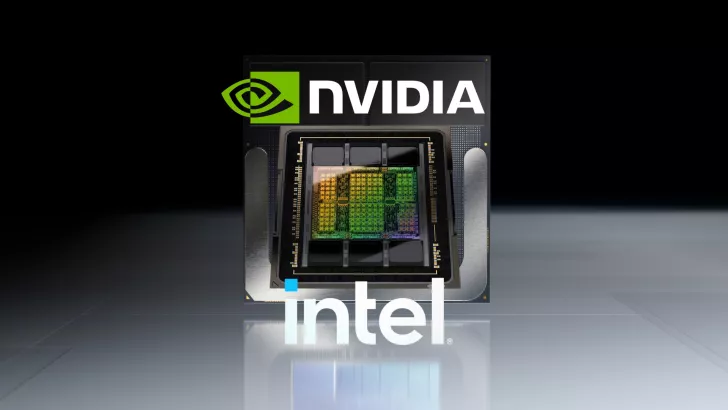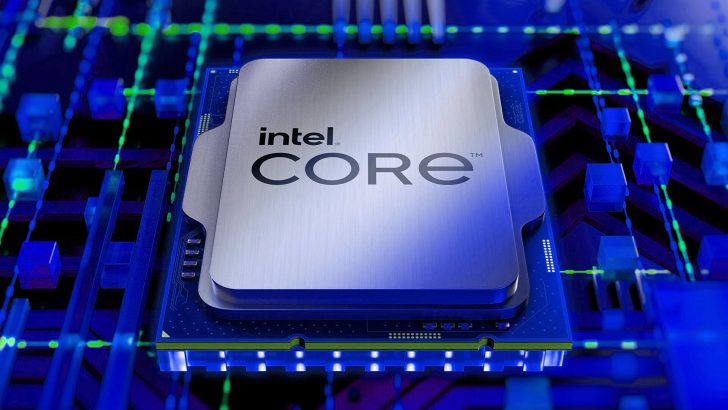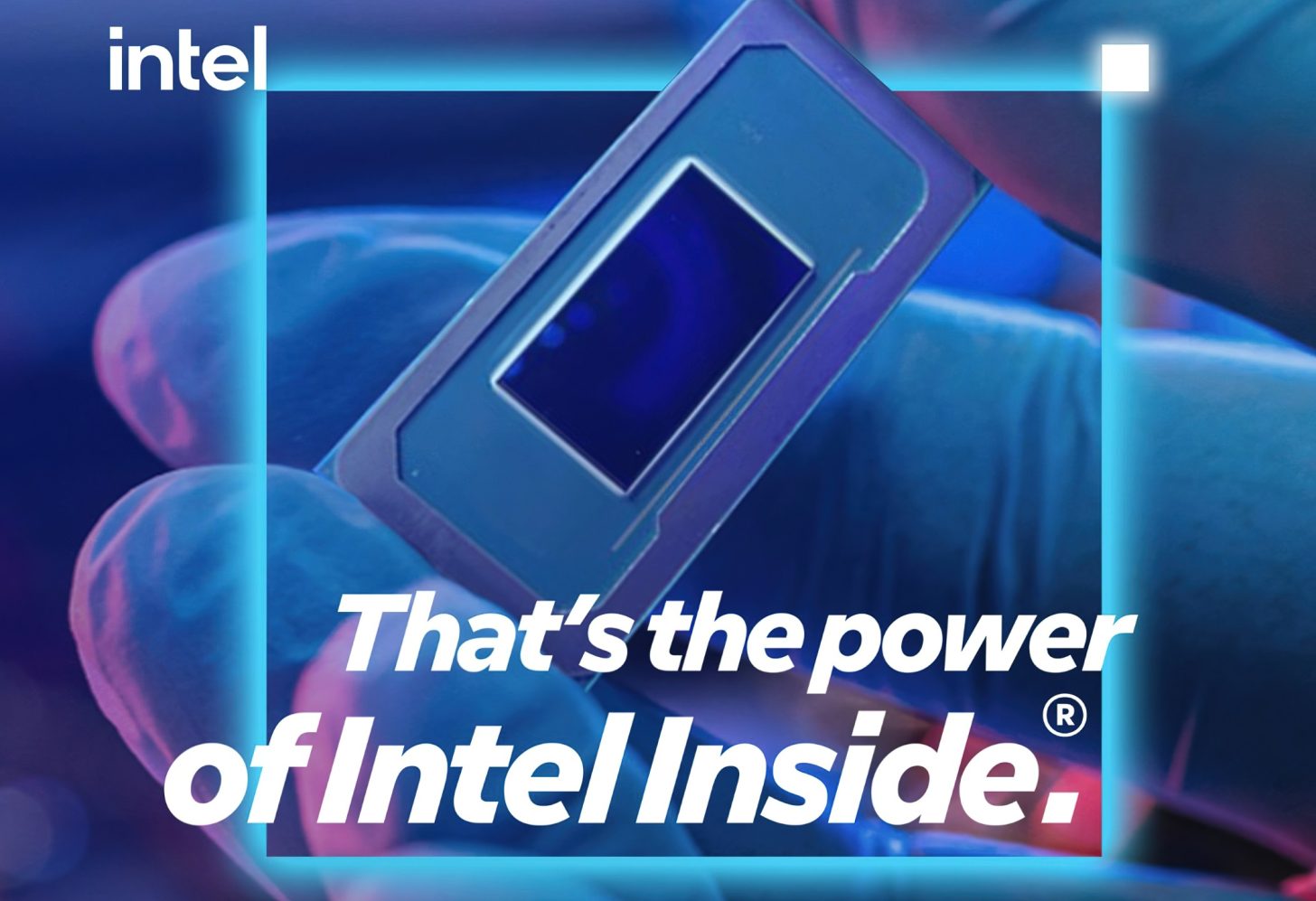Intel is making significant strides with its next-generation 14A node, alongside its recent collaboration with NVIDIA, creating a buzz in the tech world. The company’s ambitious plans for CPUs and GPUs indicate a promising future filled with advanced technology and strategic partnerships.
Intel Advances with 14A Node
At the 2025 RBC Capital Markets Global Technology, Internet, Media, and Telecommunications Conference, Intel’s VP, John Pitzer, shared insights into the development of the 14A node. This new node is poised to significantly influence Intel’s future initiatives, with its rollout planned after the debut of the 18A products later this year. Intel is optimistic about the 14A node, which is already in its definition phase and showing better potential than the 18A at the same stage of development.
Intel’s 14A boasts innovative features such as the second-generation GAA (Gate-All-Around) transistor design and optimized backside power delivery. These advancements mark a departure from the 18A node, which was primarily focused on internal products. Now, with 14A, Intel is engaging with external customers, resulting in a more mature process development kit (PDK) and industry-standard PDKs.
Strategic Partnership with NVIDIA
The Intel-NVIDIA partnership is set to revolutionize the data center landscape. Intel will supply a custom Xeon CPU to NVIDIA, utilizing the NVLink Fusion interconnect system. This collaboration opens doors for Intel’s x86 CPUs to benefit from NVIDIA’s high-bandwidth interconnect solutions.
NVIDIA’s Arm Neoverse platform will also take advantage of NVLink Fusion, a move announced at SC25. On the client side, Intel aims to integrate NVIDIA’s RTX GPU as a separate iGPU Tile in a new class of SoCs, initially targeting high-end notebooks but potentially expanding to more affordable segments.

This collaboration, while creating new opportunities, also introduces competition, as noted by AMD. Both Intel and NVIDIA will continue with their exclusive product roadmaps, with the new Halo SoCs marking a fresh market segment.
Market and Pricing Strategies
Intel is navigating current market challenges, including supply constraints and pricing pressures on older 10nm and 7nm parts. This has led to expected price hikes on Alder Lake and Raptor Lake CPUs. However, Intel plans to mitigate these increases by reducing prices on current-generation products like Arrow Lake and Lunar Lake.

Intel’s upcoming high-end Panther Lake CPUs on the 18A process node will enter the market in early 2026, maintaining premium pricing. Meanwhile, Arrow Lake and Lunar Lake will serve as cost-effective alternatives until then, with Arrow Lake CPUs already seeing significant discounts in certain regions.
